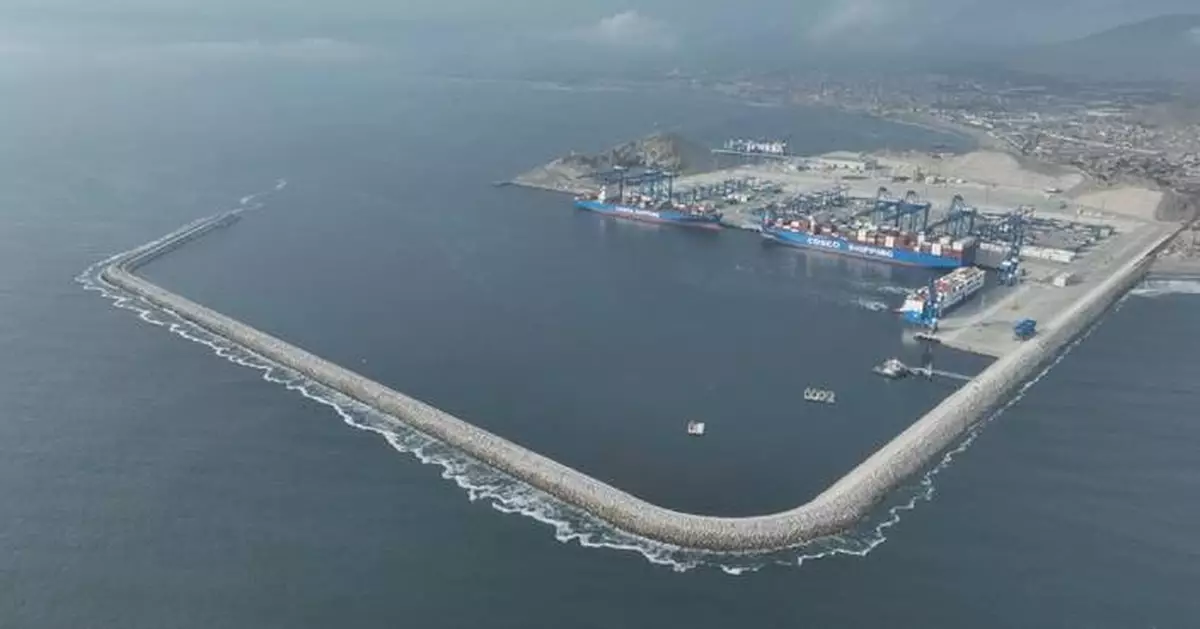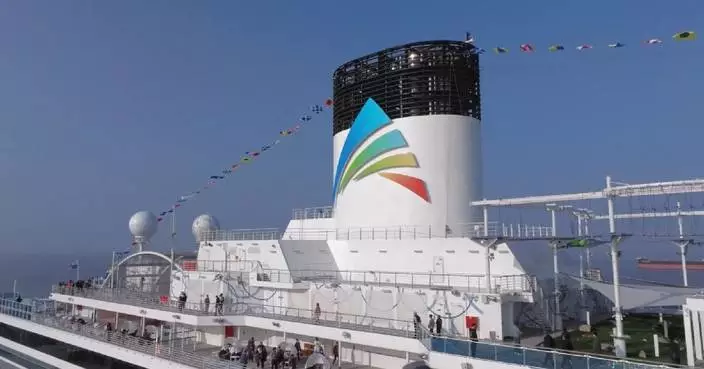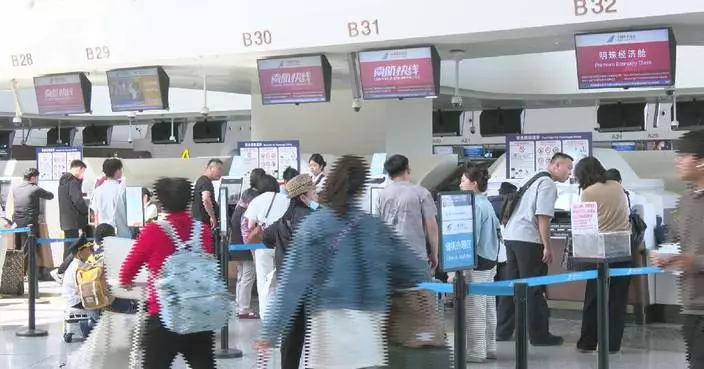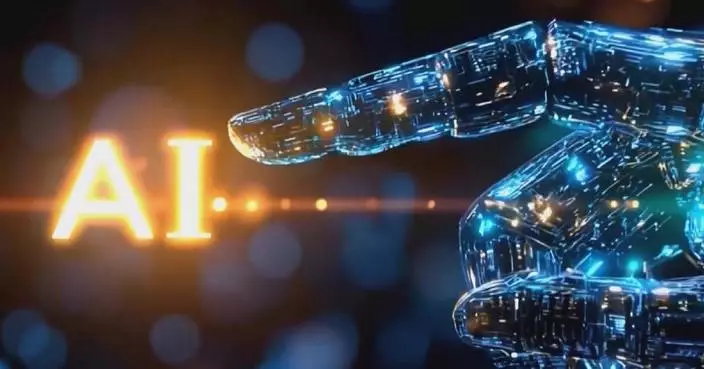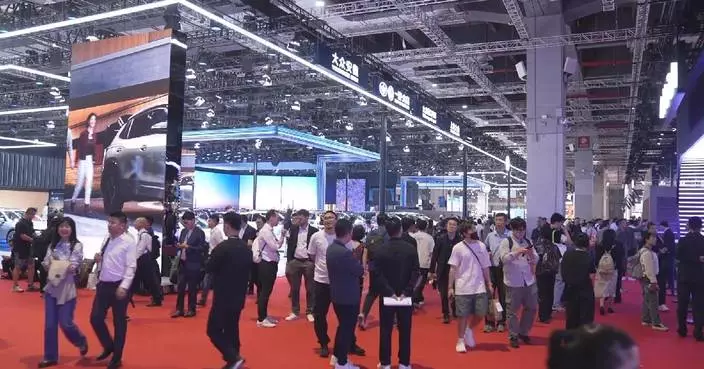Peru's newly-opened Chancay Port is expected to play a vital role in promoting trade between South America and Asia, according to Peruvian and Chinese experts.
An opening ceremony was held for the port on Thursday, after which the transportation time of goods exported from South America to the Asian market will be shortened to between 25 and 35 days, reducing logistics costs by more than 20 percent.
China's financial hub Shanghai is expected to welcome more goods from South America. And from Shanghai, these products will be shipped throughout Asia, including Japan, South Korea and Southeast Asian countries.
On the sidelines of the ceremony, Peruvian and Chinese guests shared their expectations on the port.
"Now with the new port of Chancay, many opportunities are going to come. It's going to be easier for us to bring our products here to Chancay and then to Shanghai," said Ysabel Zea, a co-founder of Peruvian brand Warmpaca.
"Chinese electric vehicles, lithium batteries and photovoltaic products are the 'three emerging products'. Take Chinese new energy vehicles (NEVs) as an example. One of the four berths is designated for automobiles. So the port will greatly facilitate the export of China's 'three emerging products'," said Wu Meng, head of the Department of International Cooperation of the China Council for The Promotion of International Trade.
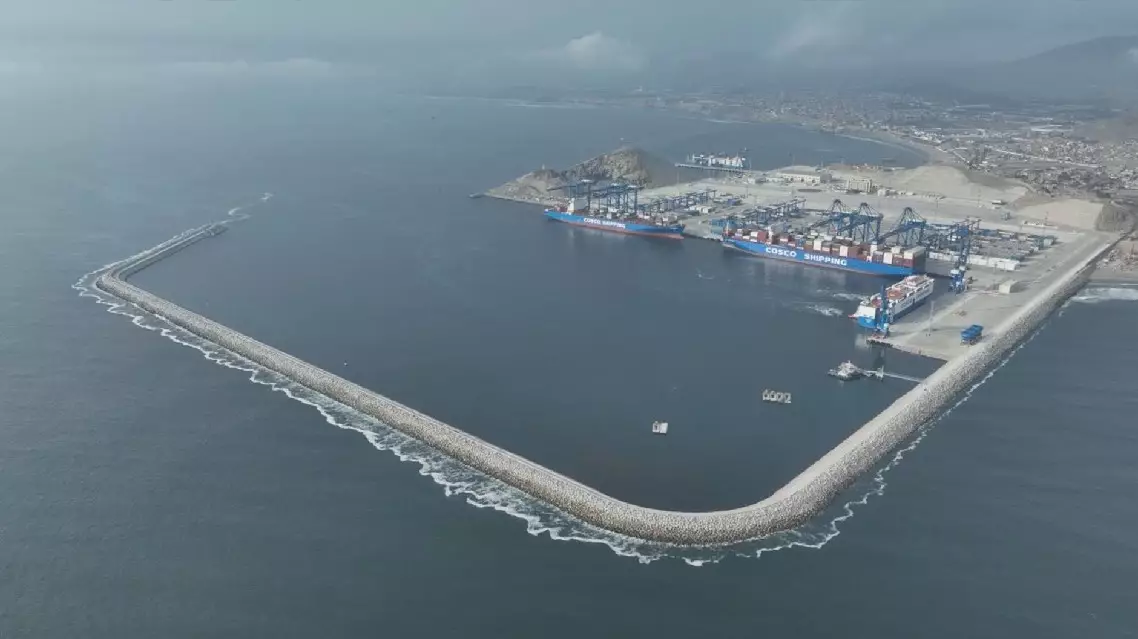
Newly-opened Chancay Port to bring more opportunities for Peru, China
Life science experiments conducted onboard China's Tiangong space station will not only help experts to better protect the health of astronauts, but also provide vital new ideas for human disease treatment back on Earth, a Chinese researcher said in Beijing on Wednesday.
Pei Weiwei, an associate researcher at the State Key Laboratory of Radiation Medicine and Protection of Soochow University, was speaking after a special handover ceremony was held where scientists received the samples brought back by the Shenzhou-19 space mission, which landed earlier that day.
The mission's three crew members touched down safely at the Dongfeng landing site in north China's Inner Mongolia Autonomous Region around Wednesday lunchtime, after their return had been postponed by a day due to unfavorable weather conditions on the ground.
During their six-month stay in space, Shenzhou-19 mission commander Cai Xuzhe, alongside young astronauts Song Lingdong and Wang Haoze, who is also China's first female space engineer, carried out an extensive series of scientific experiments and medical tests to assess the impact of space travel on human health and on other living organisms.
The returned samples include bone cells, human induced pluripotent stem cells and human bronchial epithelial cells. Scientists will conduct molecular biology research on these key samples, assessing the effects of the zero-gravity environment on human tissues and the impact of space radiation, according to Pei.
"The carcinogenicity of space radiation has always been a focus of our research, and the epithelial cells of the lungs are the most susceptible to tumors. So we are studying the evolution of lung epithelial cells into tumor cells in space radiation and some of its mechanisms. Based on this data, we aim to establish a space radiation risk assessment system suitable for Chinese astronauts. At the same time, we hope to provide some theoretical support for radiation monitoring and a complete radiation protection system," he said.
Pei said that such experiments and related research will not only help protect the health of astronauts, but can also offer new ideas to human health problems back on Earth, such as the diagnosis and treatment of lung cancer. It will also provide a new theoretical basis and experimental support for exploring health problems such as osteoporosis, muscle atrophy and decreased cardiovascular function, he added.
Space life science mainly studies the responses and changes of life activities at all levels from biomolecules to organisms under conditions such as microgravity, space radiation, and sub-magnetism, as well as their combined conditions, and explores the deep mechanisms of life phenomena.
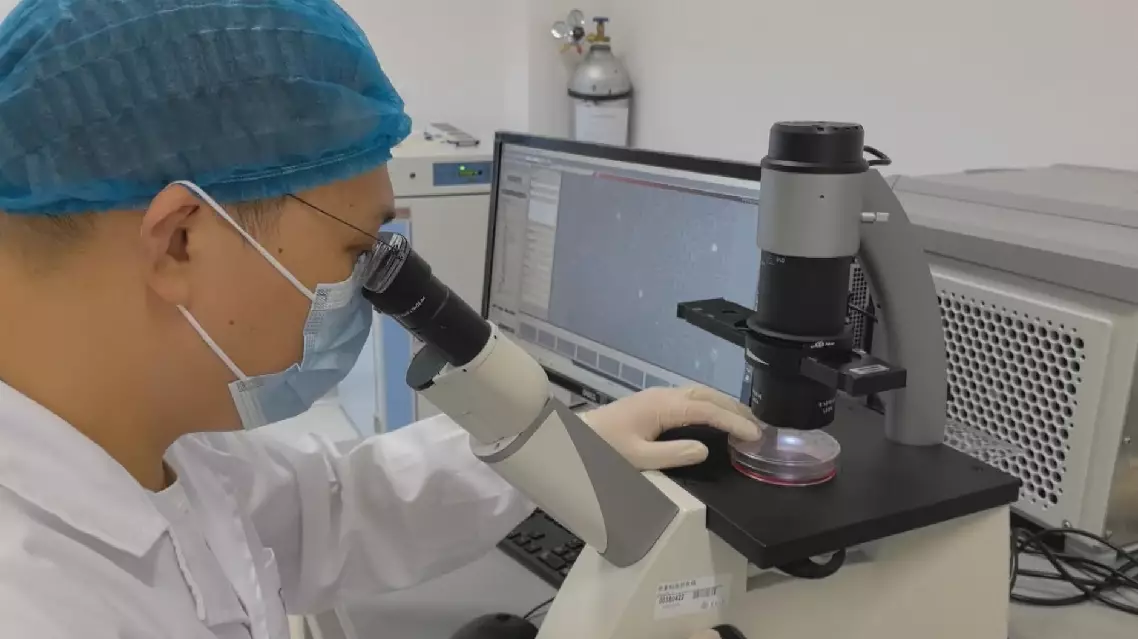
Space experiments can offer new approaches to tackling human health issues: expert



